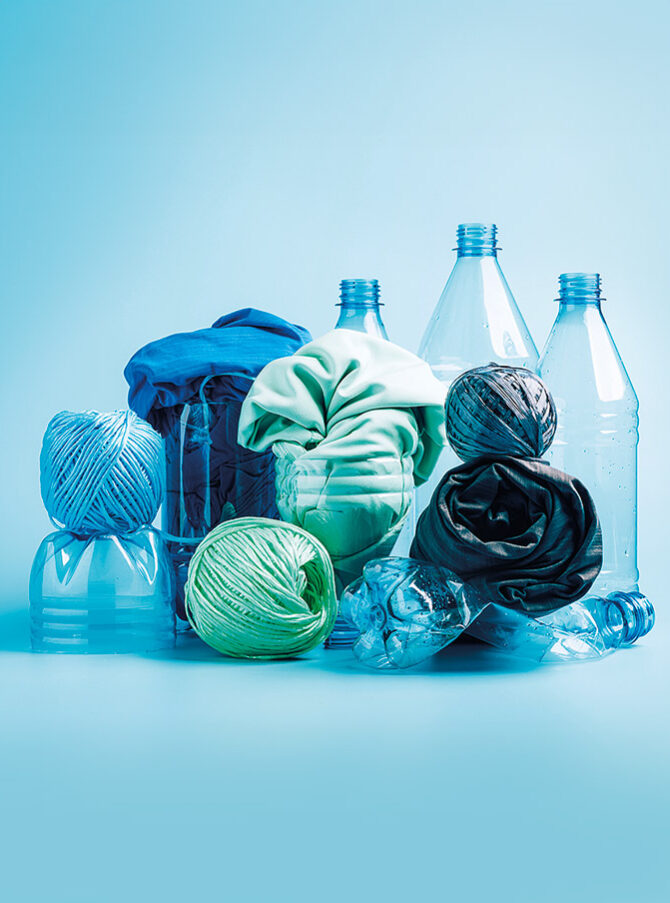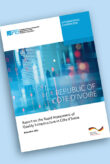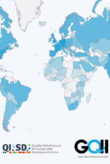We are pleased to be able to introduce our newest publication on QI (quality infrastructure) and the circular economy. A brochure spanning four pages, Shaping Cycles, Protecting the Future explains the significance of circular economies for sustainable development and a socially and ecologically just economic transition (Just Transition). One of its focus areas is the role of quality infrastructure, which is essential for the development of these processes.
Throughout the world, it has become apparent that the predominant linear economic model has pushed our planet beyond its breaking point. Developing and emerging economies are particularly negatively impacted by the overuse of natural resources. A major share of raw materials is extracted in the countries of the global south without the local population benefitting from the value creation. Instead, industrialized countries process the raw materials further and dispose of the waste (which in many cases is highly toxic) in poorer countries. This leads to environmental destruction, health hazards, poverty and increased migration. Furthermore, additional increases in the amounts of waste are the result of rapidly growing consumption.
The circular economy concept has created new hope on the way to an ecologically sustainable and socially acceptable economic strategy. It is a sustainable system whose aim is to minimize resource usage, refuse and emissions generation and energy waste. This is achieved by optimizing energy-flow and material-flow life cycles, which in turn is done by slowing raw material streams, reducing raw material consumption and closing the circuit via reuse, recycling and regeneration of materials and resources. Methods such as sustainable design, maintenance, repair, reuse, remanufacturing and refurbishing all play an important role in this process, with recycling seen as a last option.
In the European Union, the Circular Economy Action Plan (CEAP) is one of the most important building blocks of the Green Deal, which specifies for EU member states that the goal of climate neutrality must be met by 2050. German Development Cooperation uses the circular economy concept to support its partner countries in a social and ecological transformation – Just Transition for short.
In several of its projects, PTB’s International Cooperation group has learned lessons concerning how quality infrastructure can provide the technical foundation necessary for the circular economy. Services in metrology, standardization, conformity assessment and accreditation are needed throughout the entire product lifecycle. As early as the product design phase, attention must be devoted to having manufacturing and use take place in a way that conserves energy and resources, and to ensuring the product can be repaired and recycled. Standardization of secondary raw materials allows valuable raw materials to be reused.
The new brochure cites concrete examples from partner countries to illustrate how circular economy processes can be advanced with the help of QI. In Tunesia, recycled plastics are used to manufacture food packaging. In Colombia, a procedure has been developed to transform electric furnace slag into a secondary raw material that can be used in road construction. We have reported on this subject in a previous article, Circular Economy in Colombia.
Altogether, a clear and comprehensible overview is given of the ways in which QI and the circular economy can smooth the transition to a climate-neutral economy in our partner countries and how the sustainability goals of the 2030 Agenda can successfully be achieved.
This publication can be downloaded using the following link:
https://www.ic.ptb.de/media/fileadmin/Publications/PTB_Compact_Kreislaufwirtschaft_EN.pdf
Image: © Shutterstock








